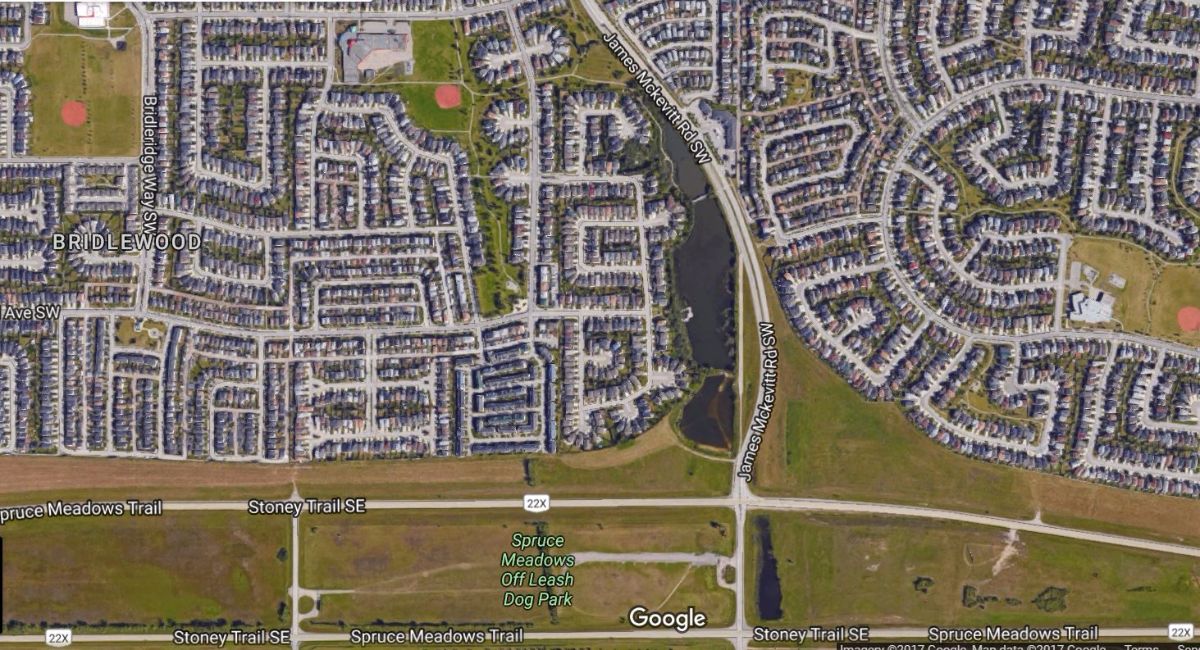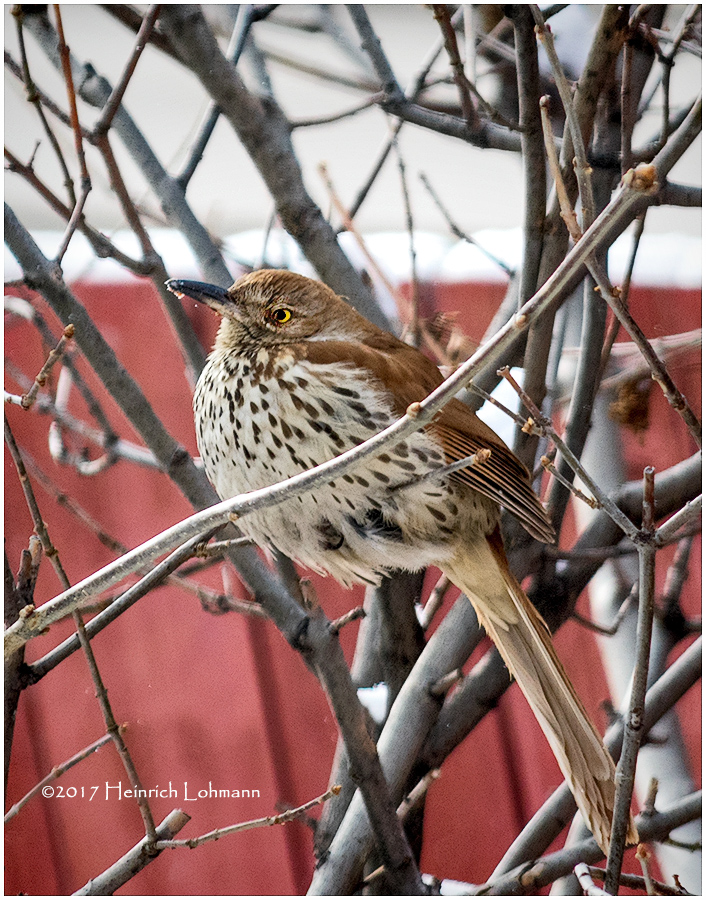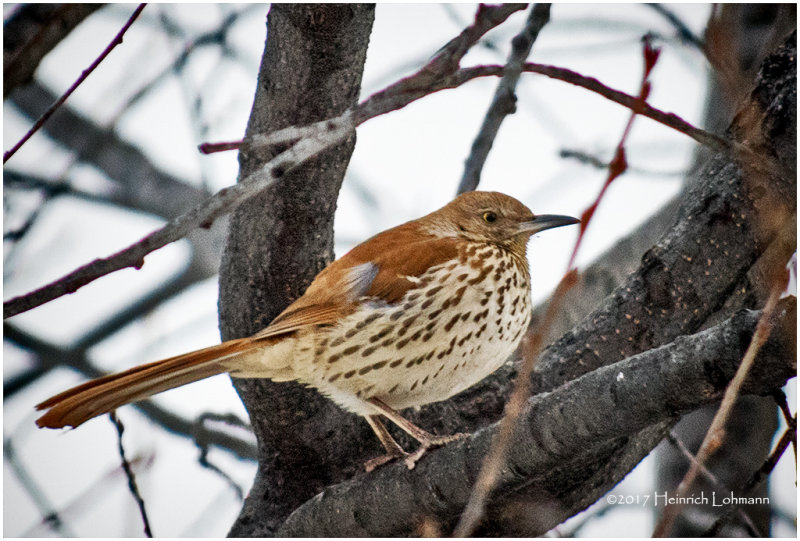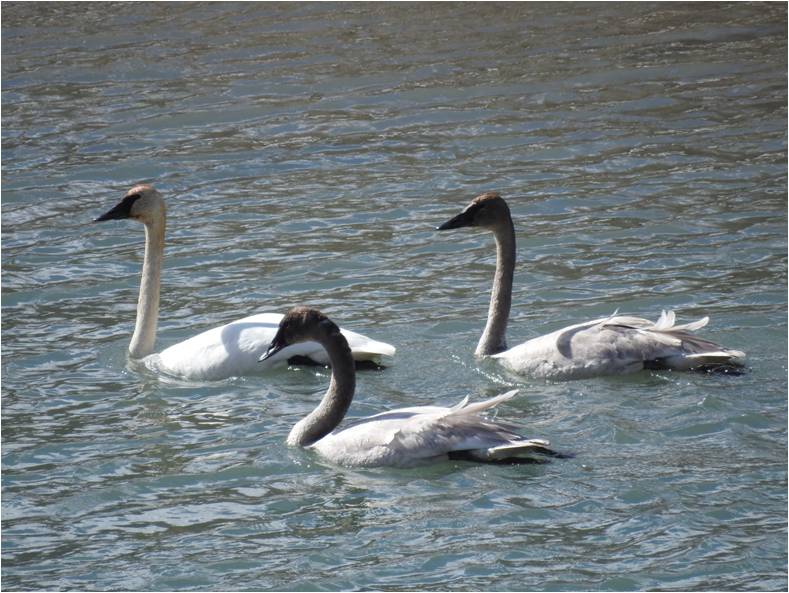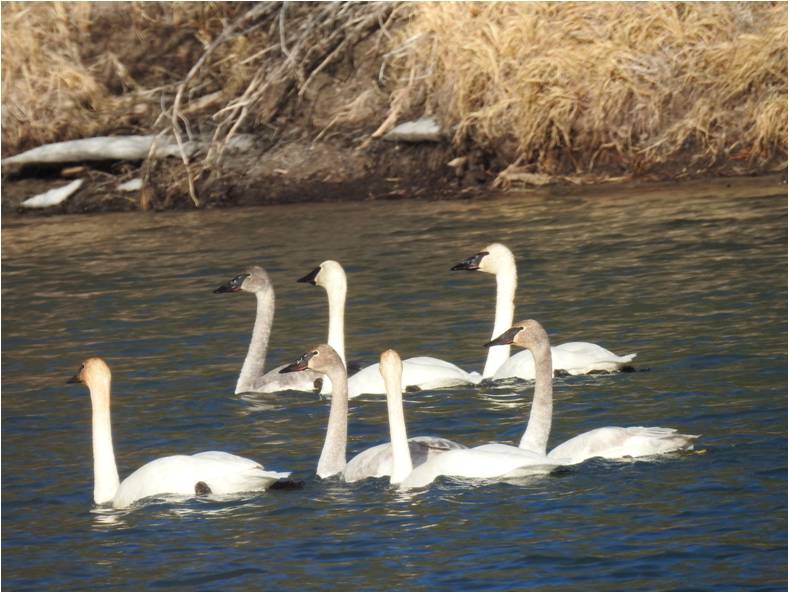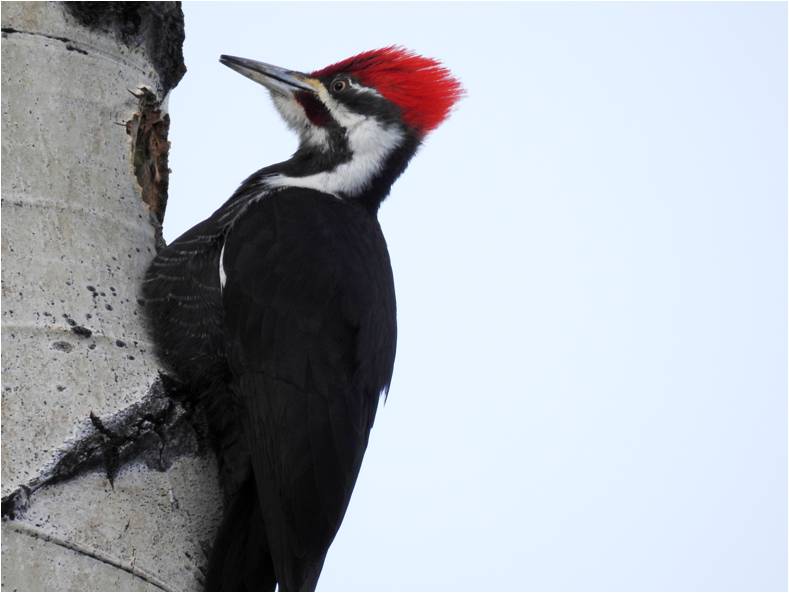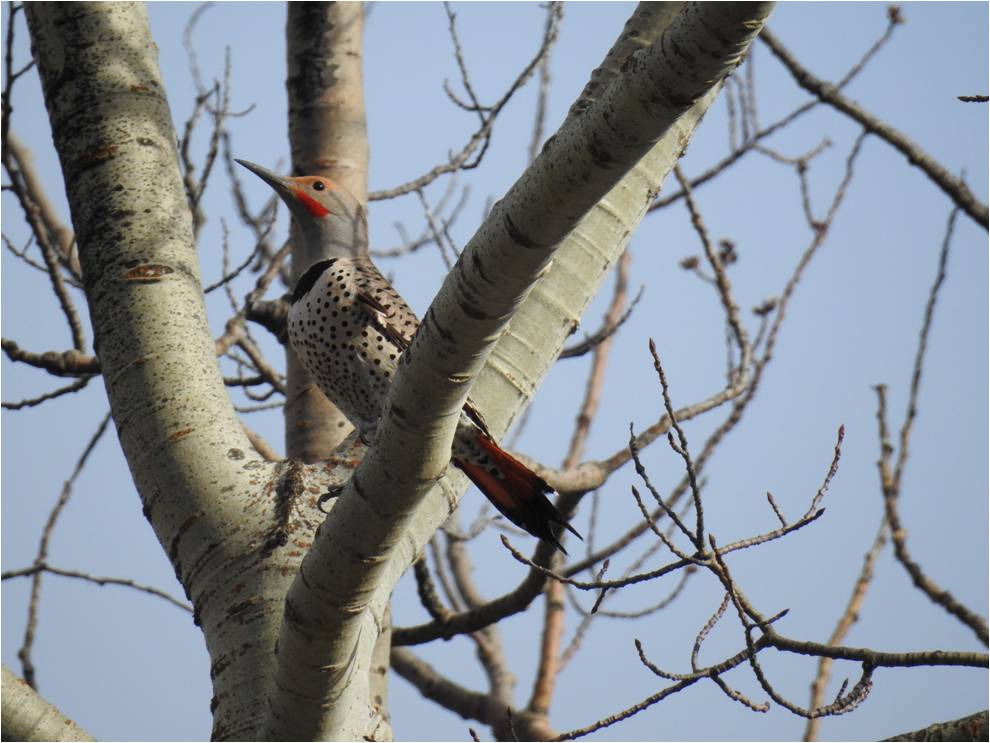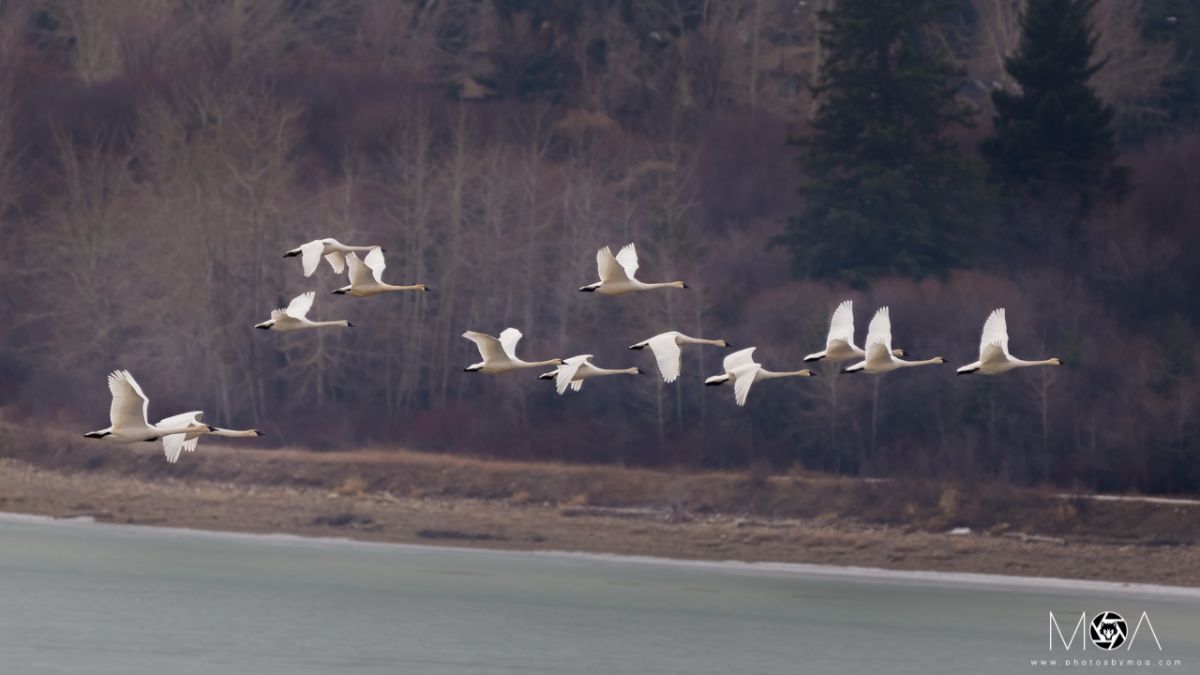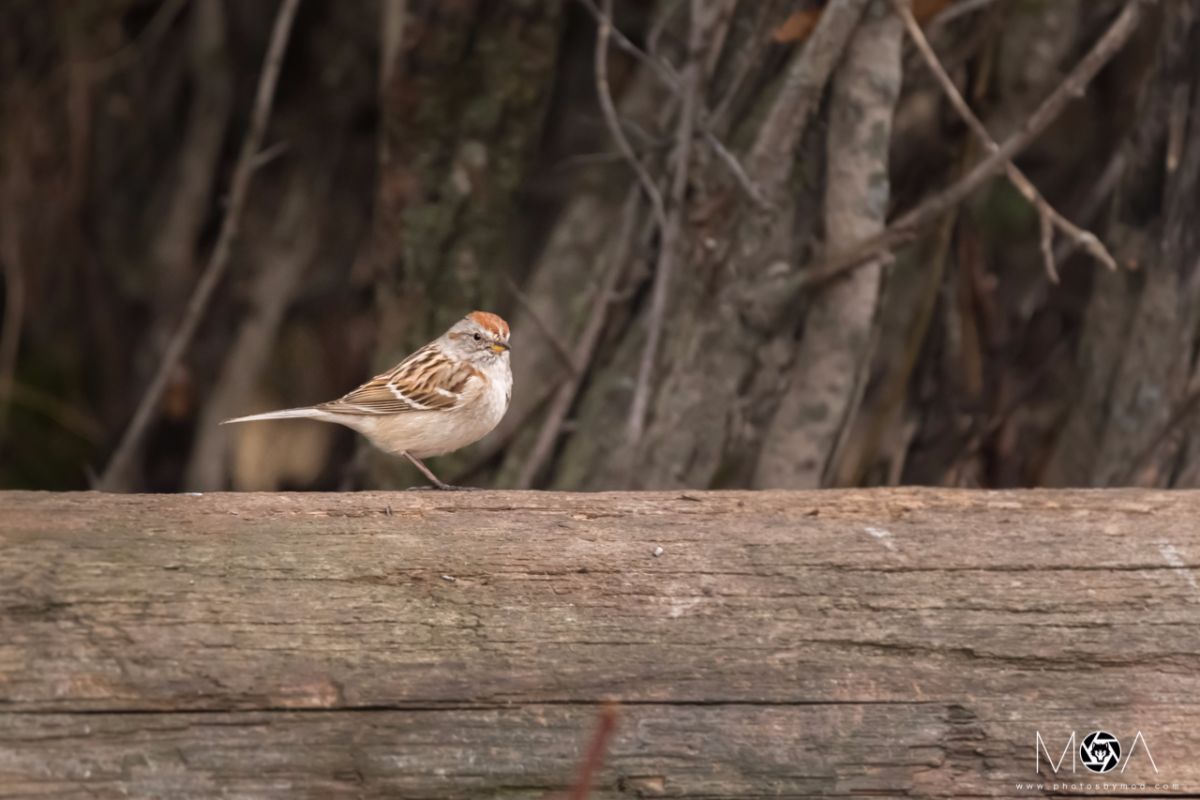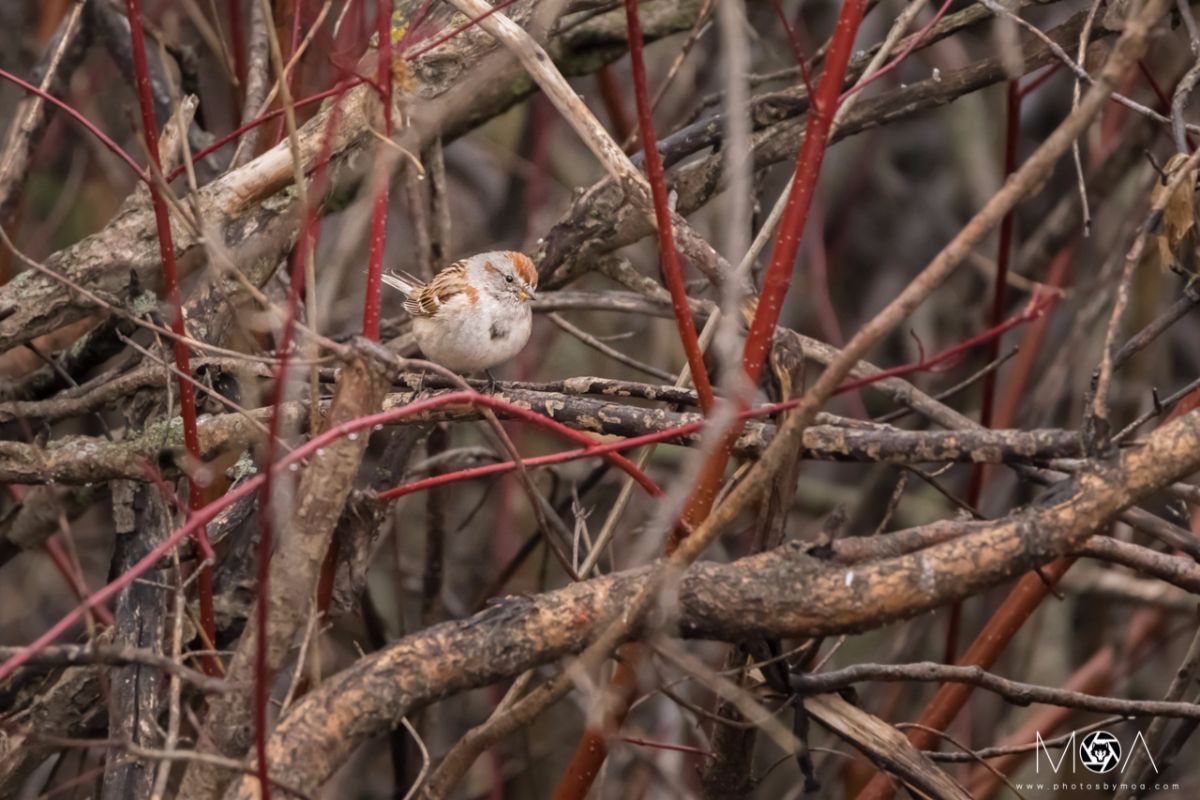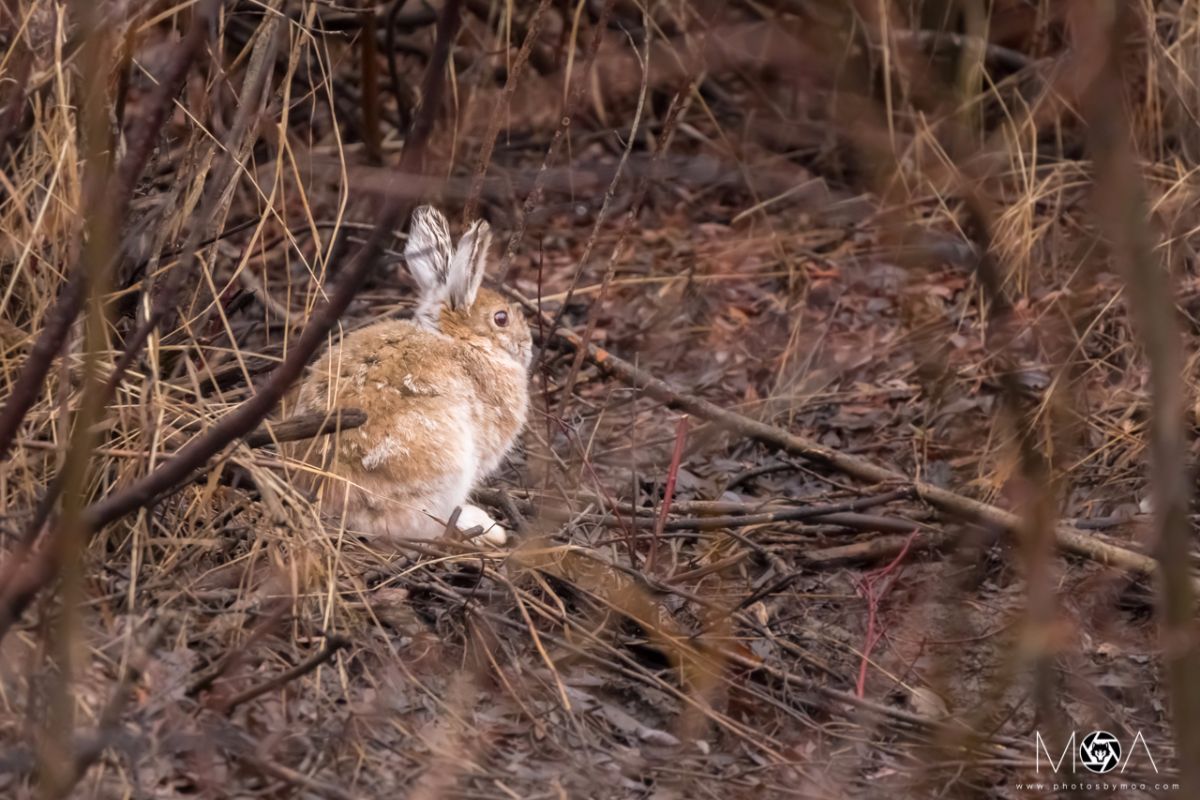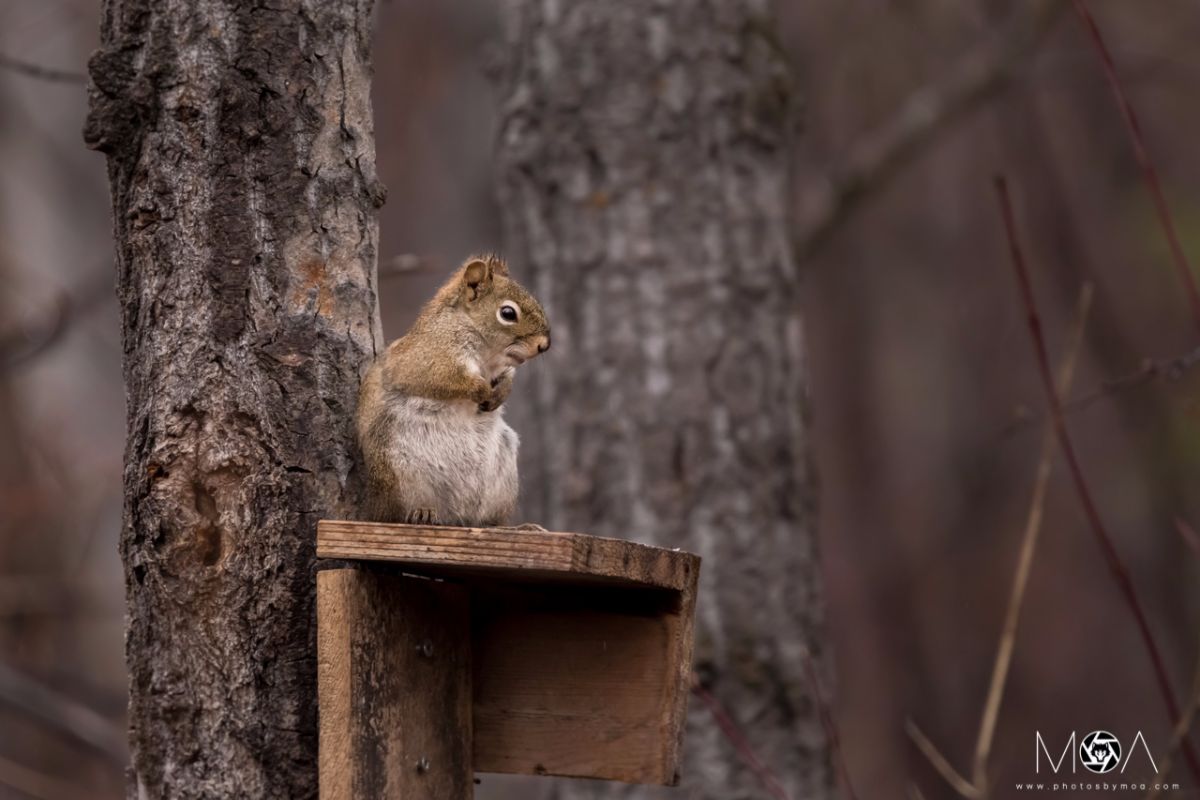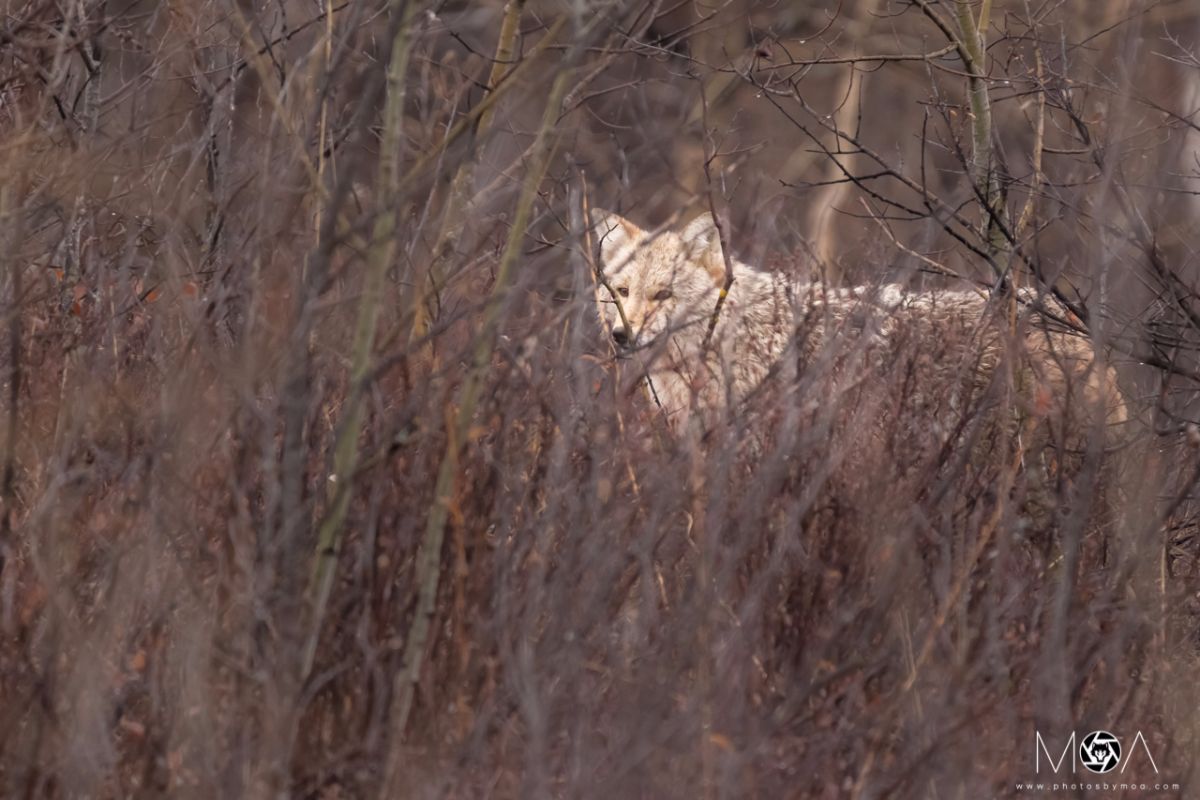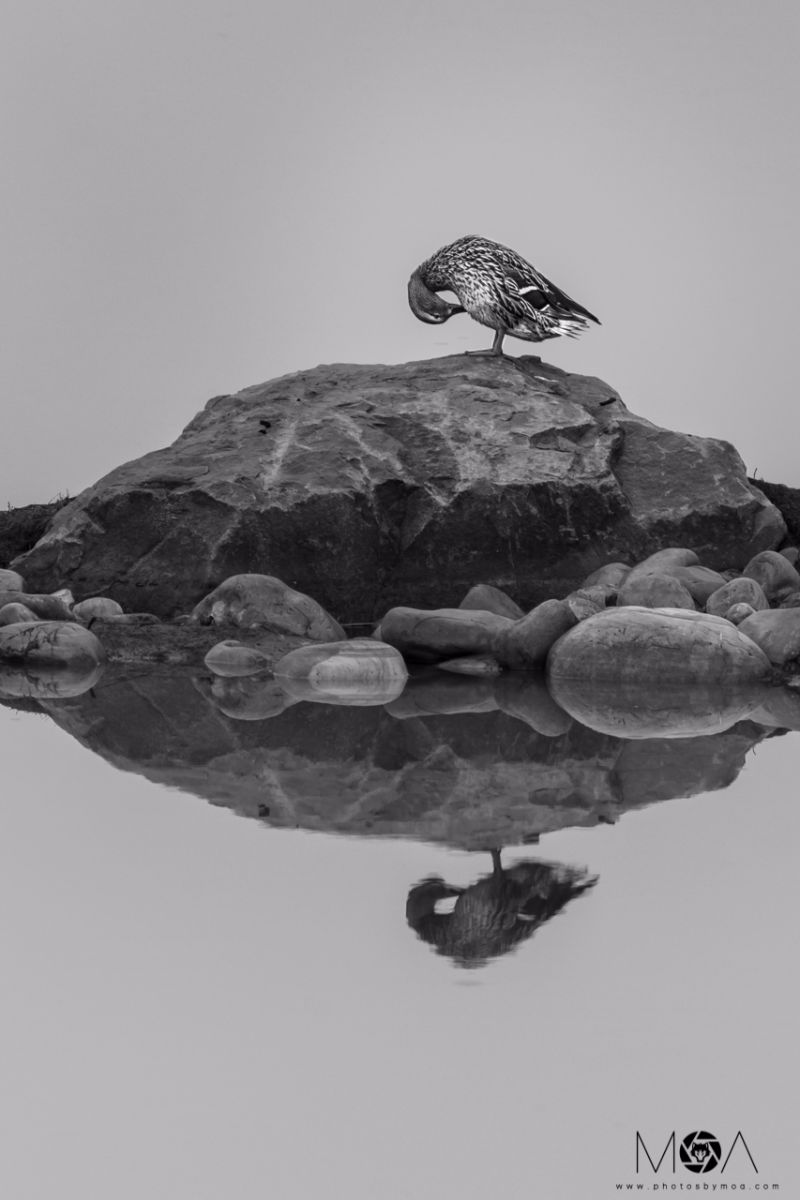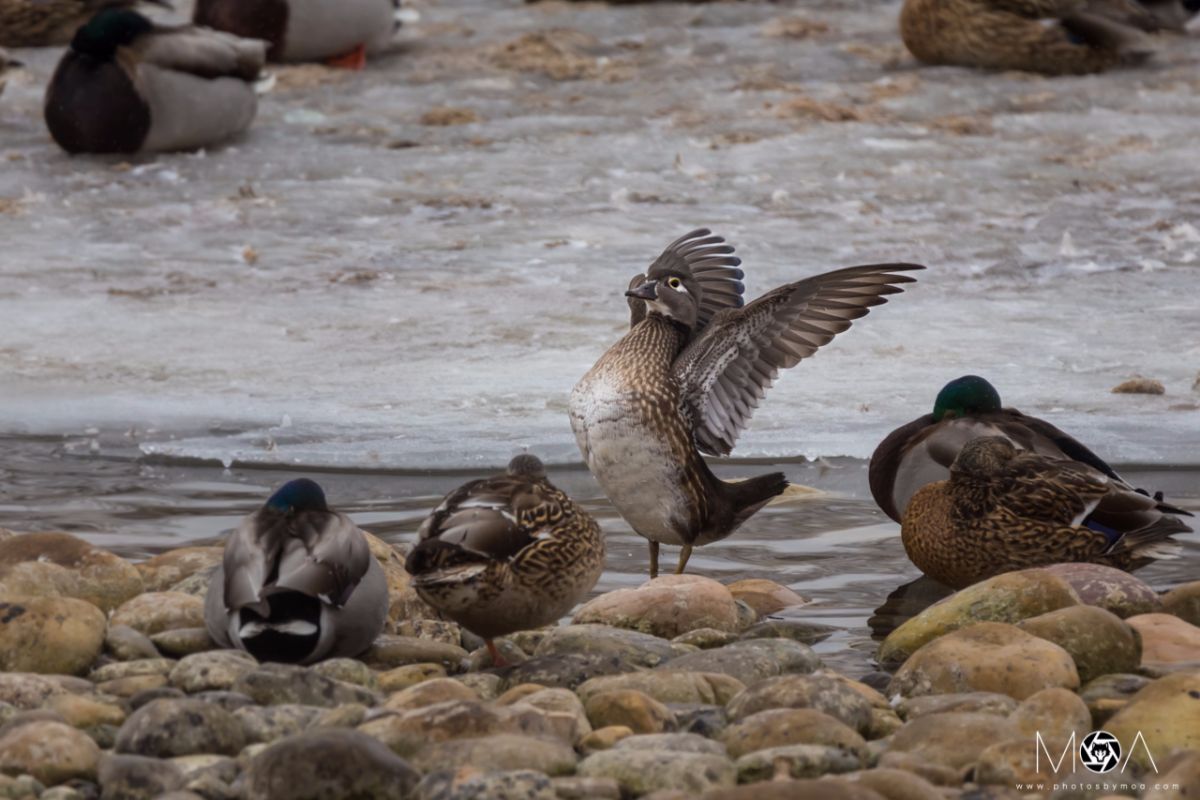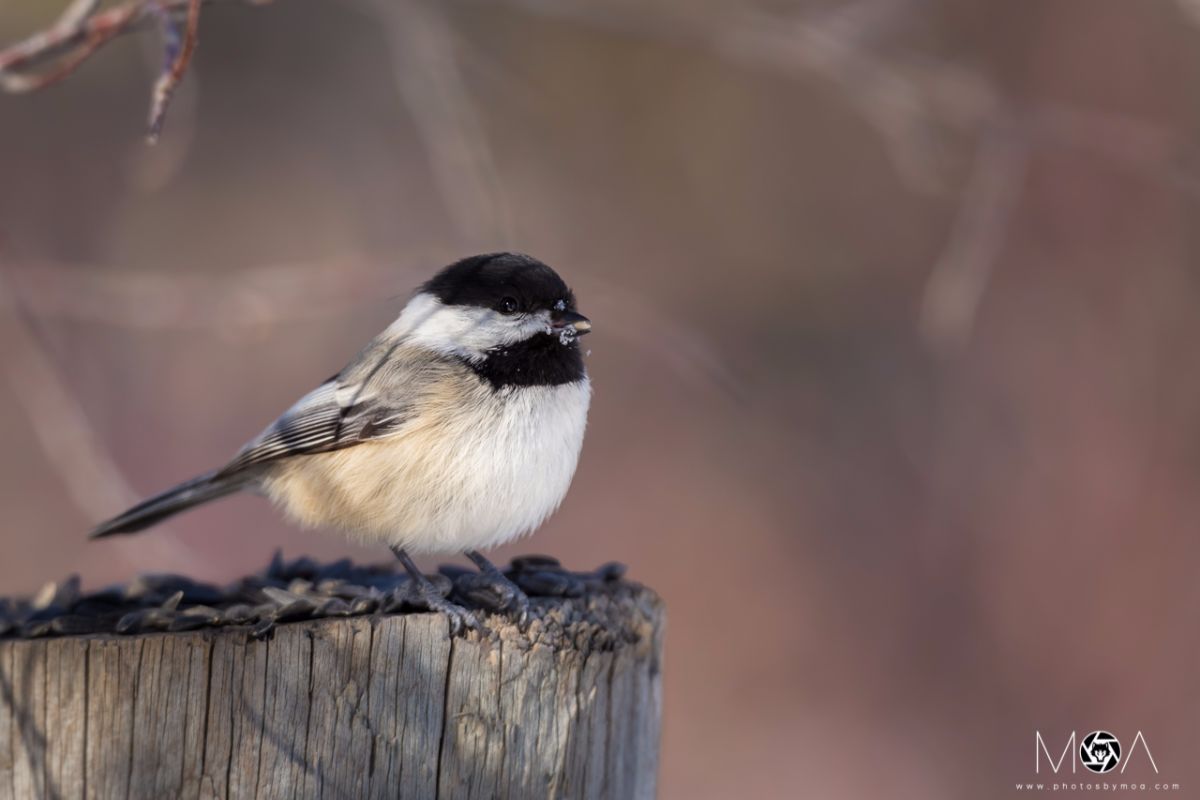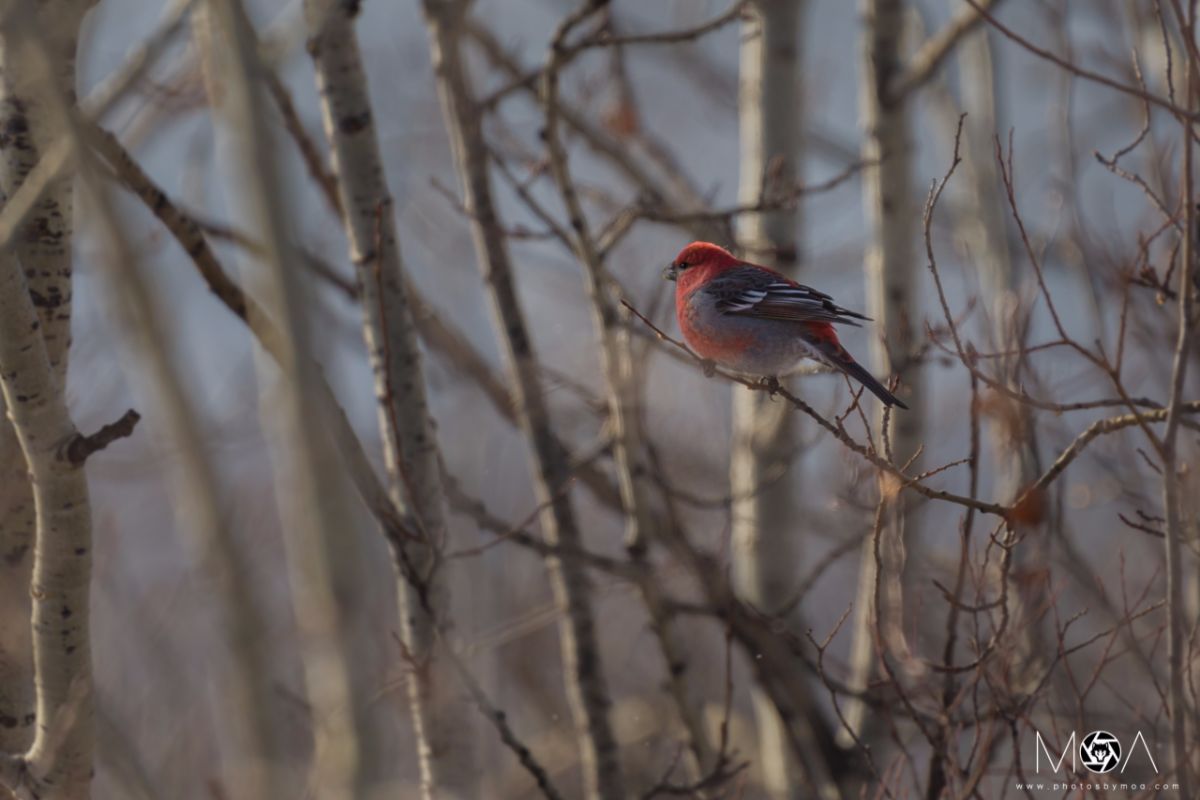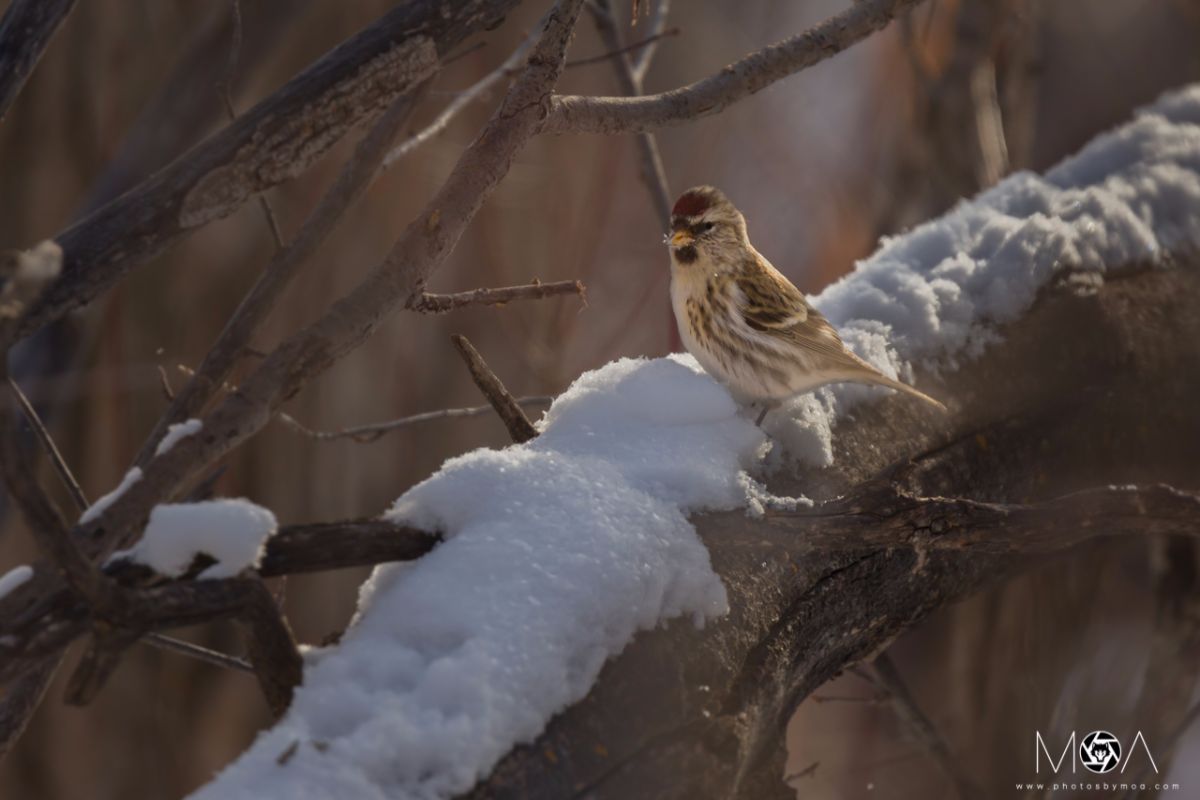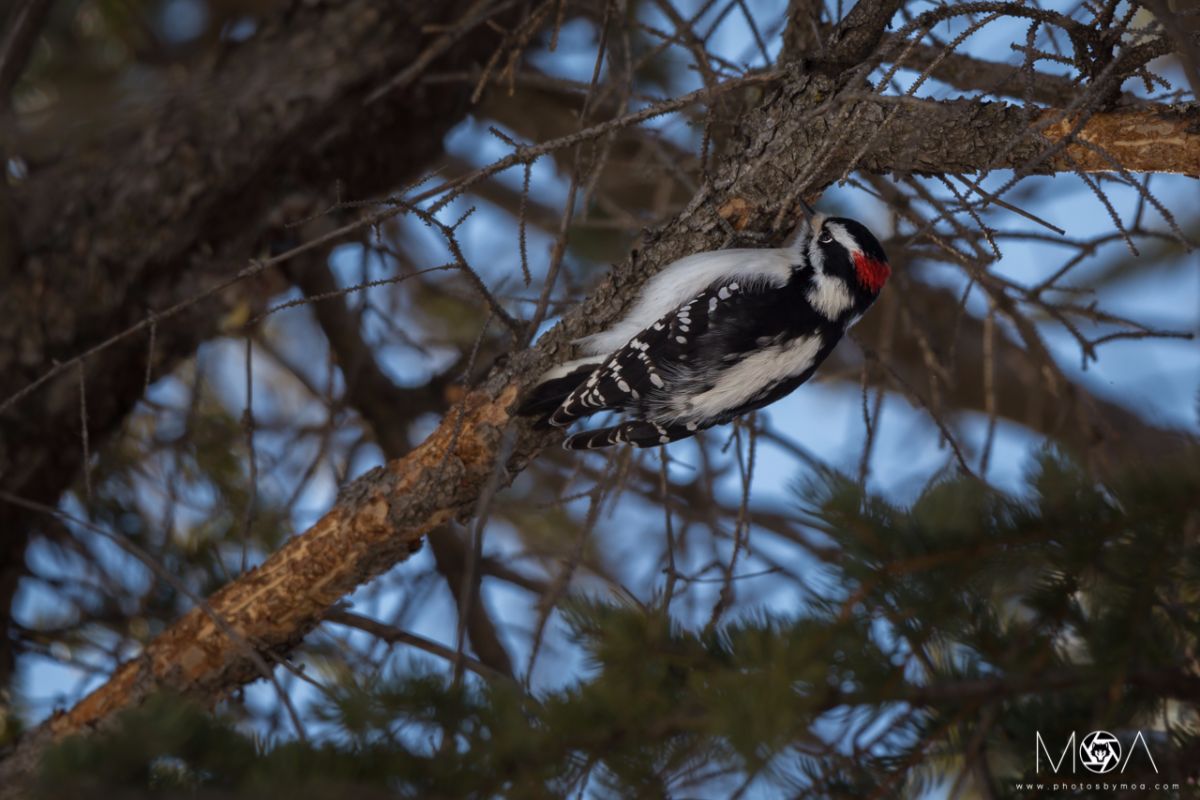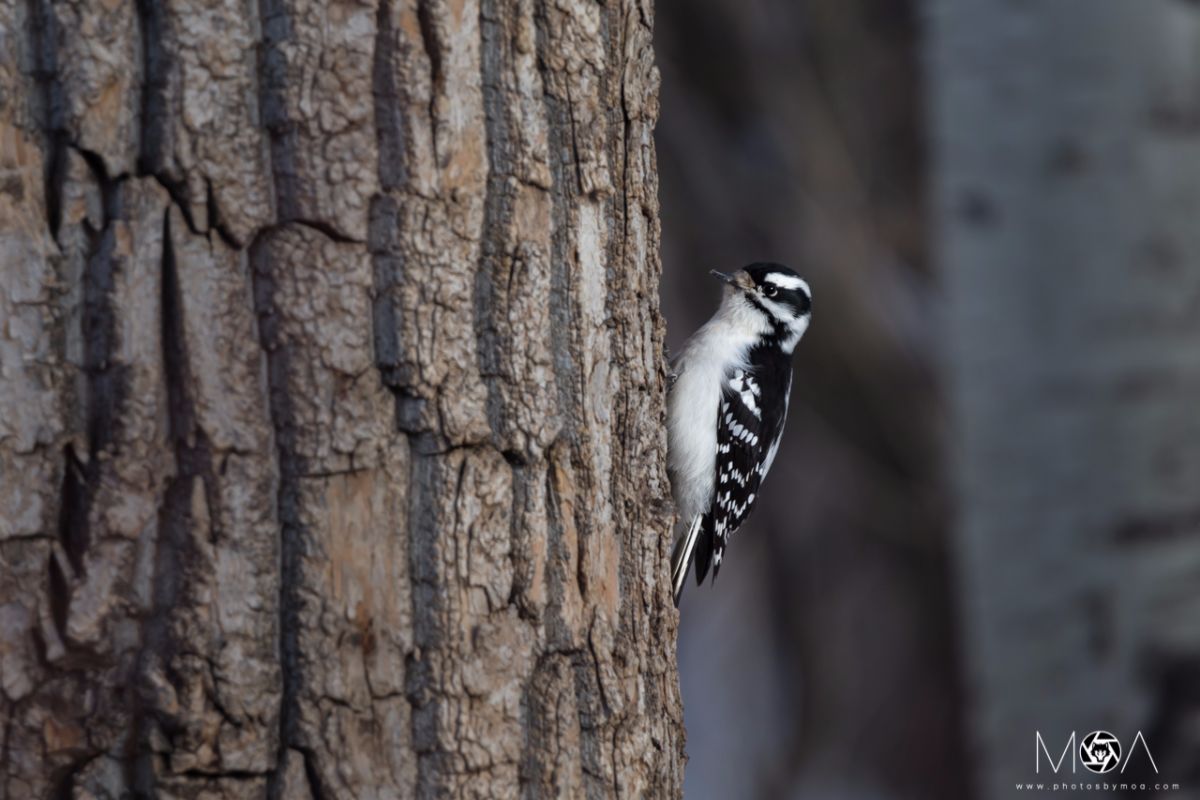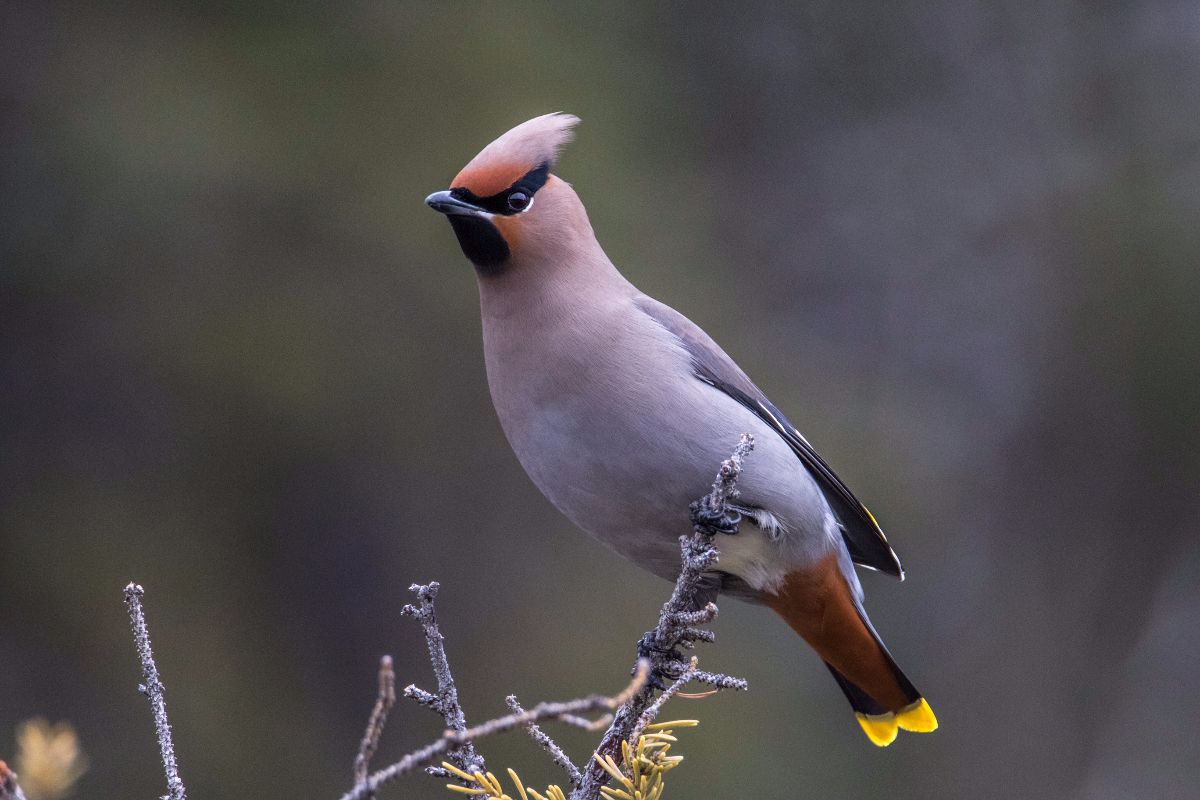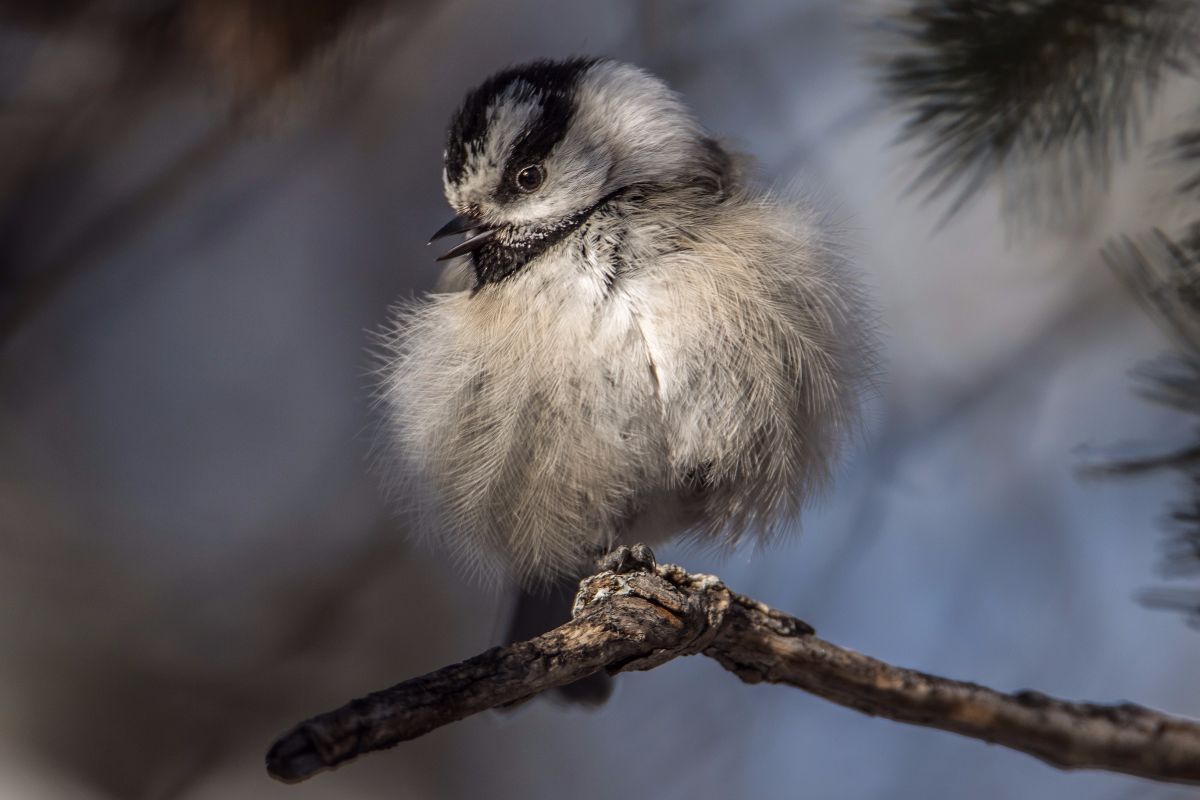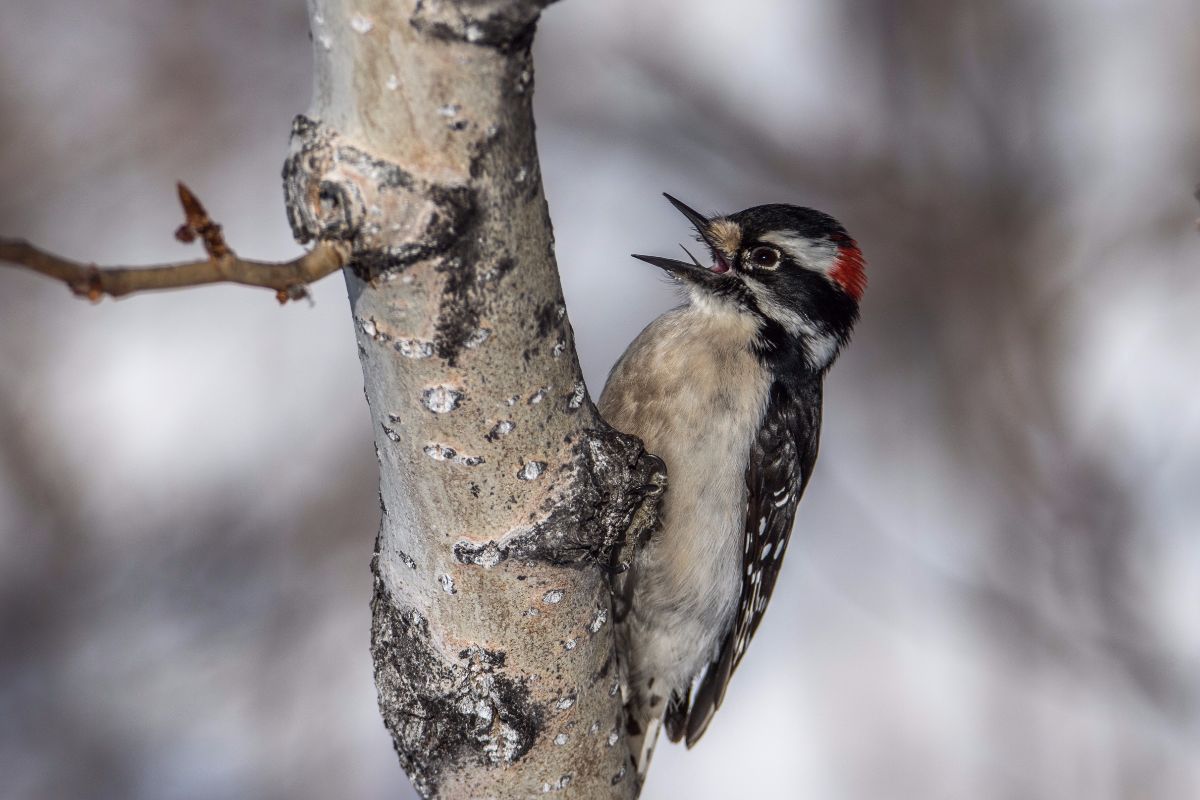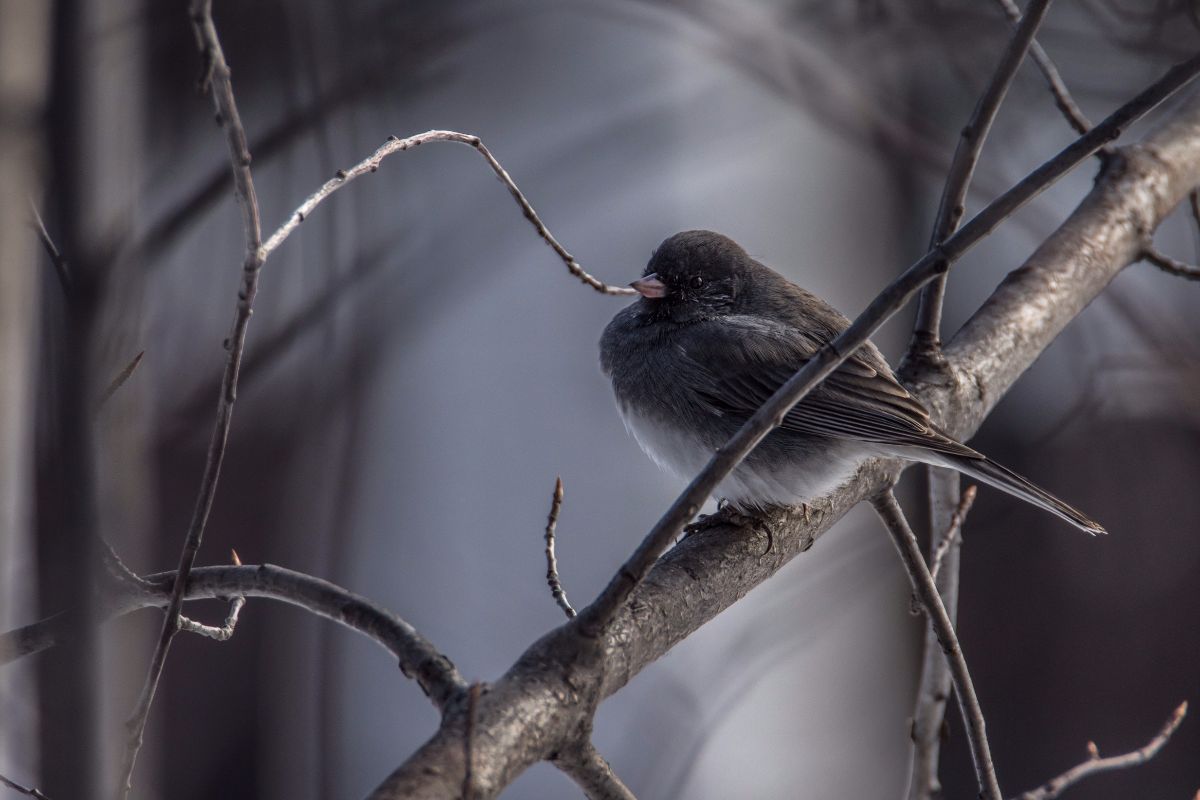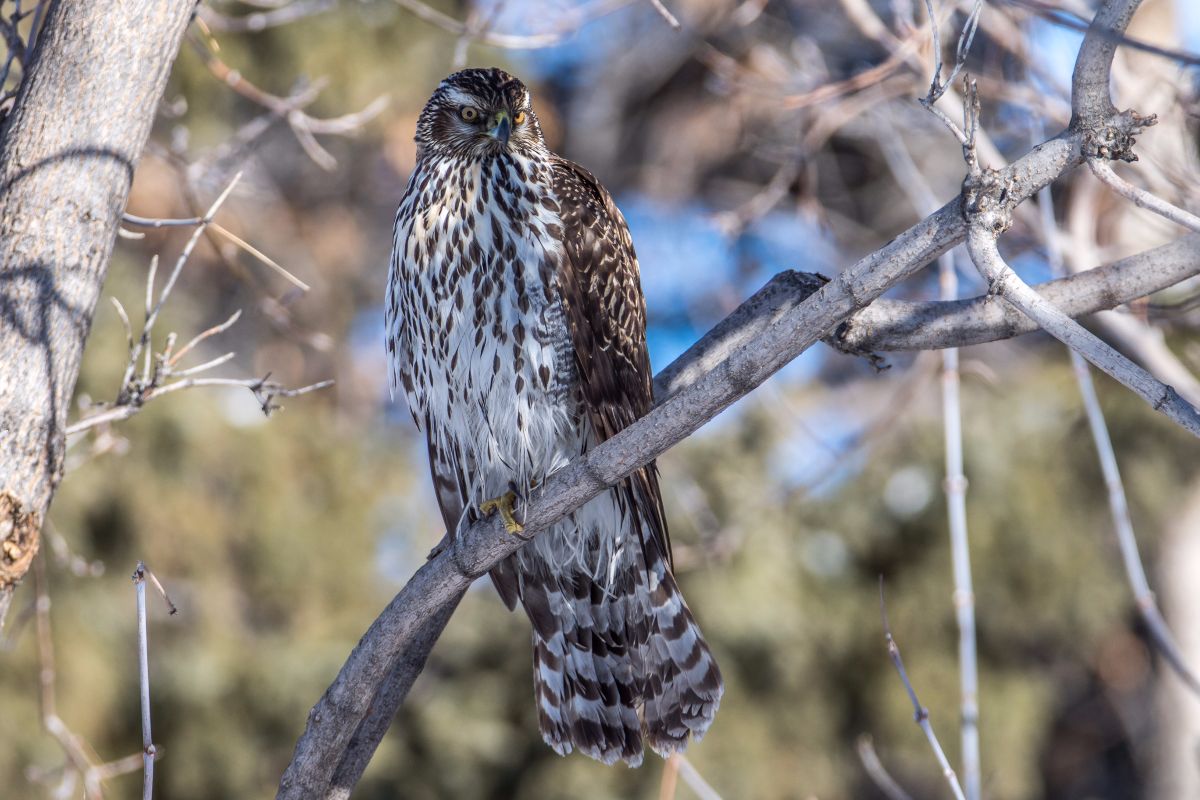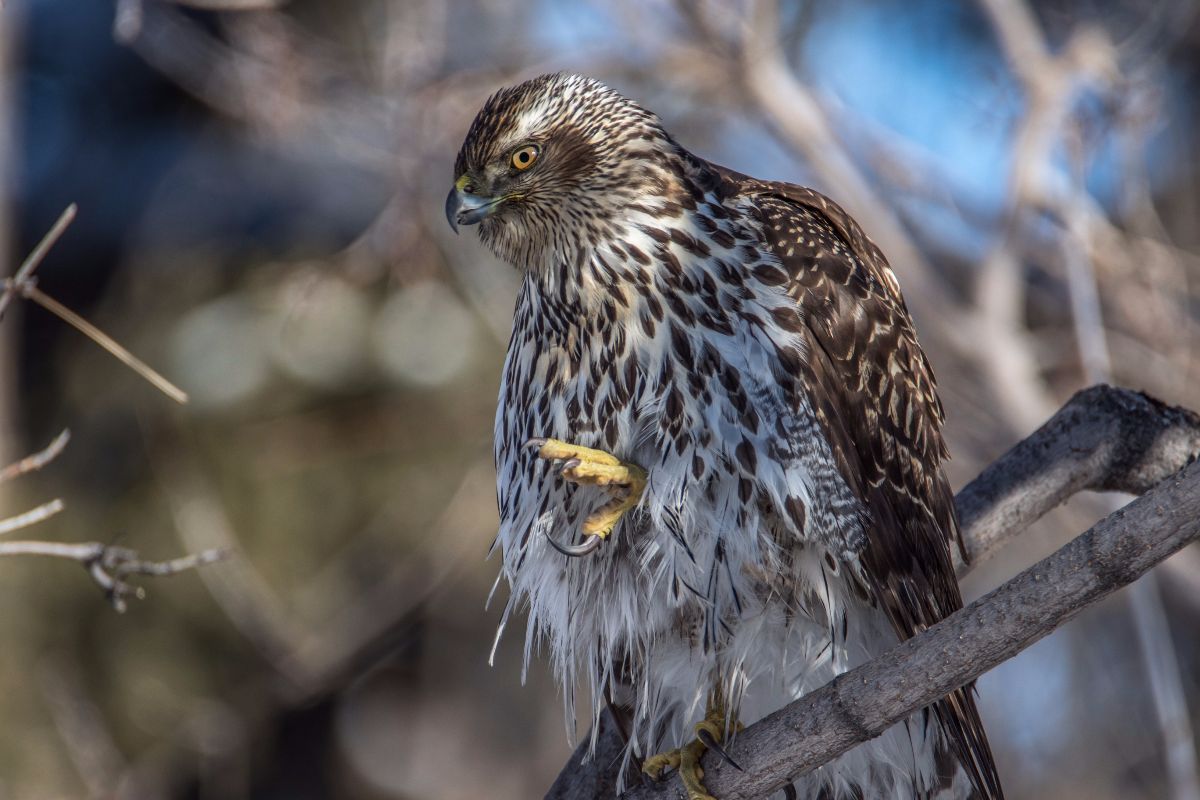Posted by Bob Lefebvre
Ethan Denton is an accomplished young birder who lives in Canmore, an hour west of Calgary at the entrance to Banff National Park. We have birded together and it has has been a pleasure to get to know him and his family. Ethan has had a blog for a few years already called Bird Boy. Although he is just thirteen years old, he has organized the Canmore Christmas Bird Count for the past two years. He also takes part in the Great Canadian Birdathon, and you can sponsor him at this page.
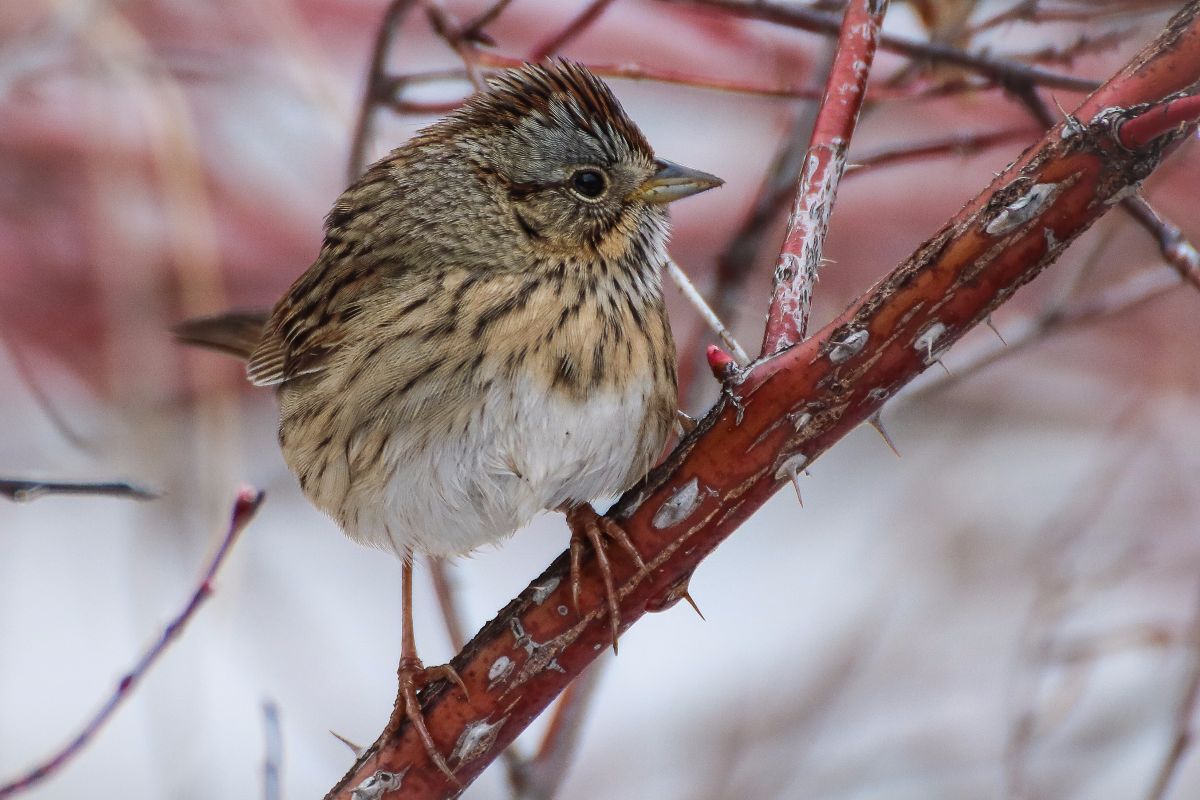
Lincoln’s Sparrow, April 27, 2017, West Banff Townsite. Photo by Ethan Denton.
Now Ethan has begun to lead birding field trips in Canmore every week. Every second Sunday morning, there will be an informal birding walk along Policeman’s Creek in Canmore. This is one of the best locations in Canmore. Ethan had recorded over 100 species there.
Below is the information poster. Use the scrollbar on the right-hand side to see the whole page.
Click to access Canmore-Bird-Walk.pdf
The next walk is on Sunday May 21. The walks are free and everyone (children included) is welcome. So if you are a Canmore-area birder, or an interested Calgary-area birder, please join Ethan and see some birds like these:
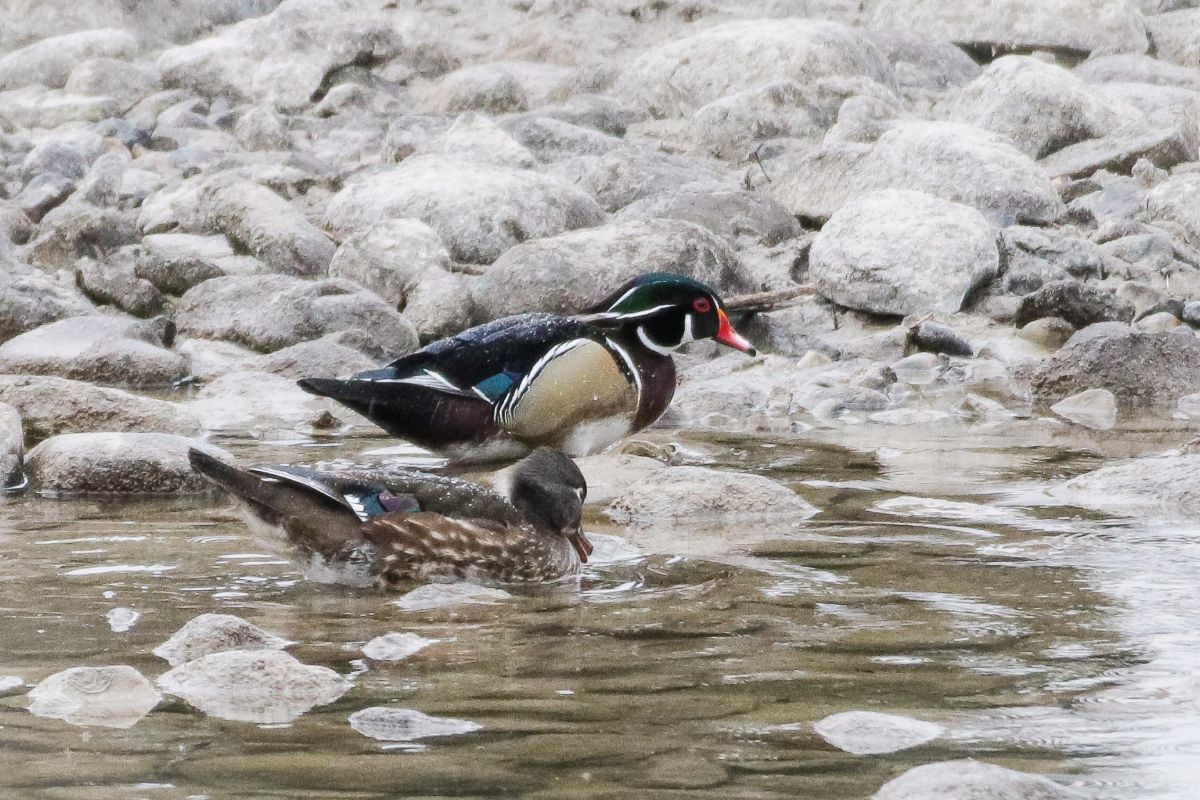
Wood Duck pair, Canmore boardwalk, April 9, 2017. Photo by Ethan Denton.
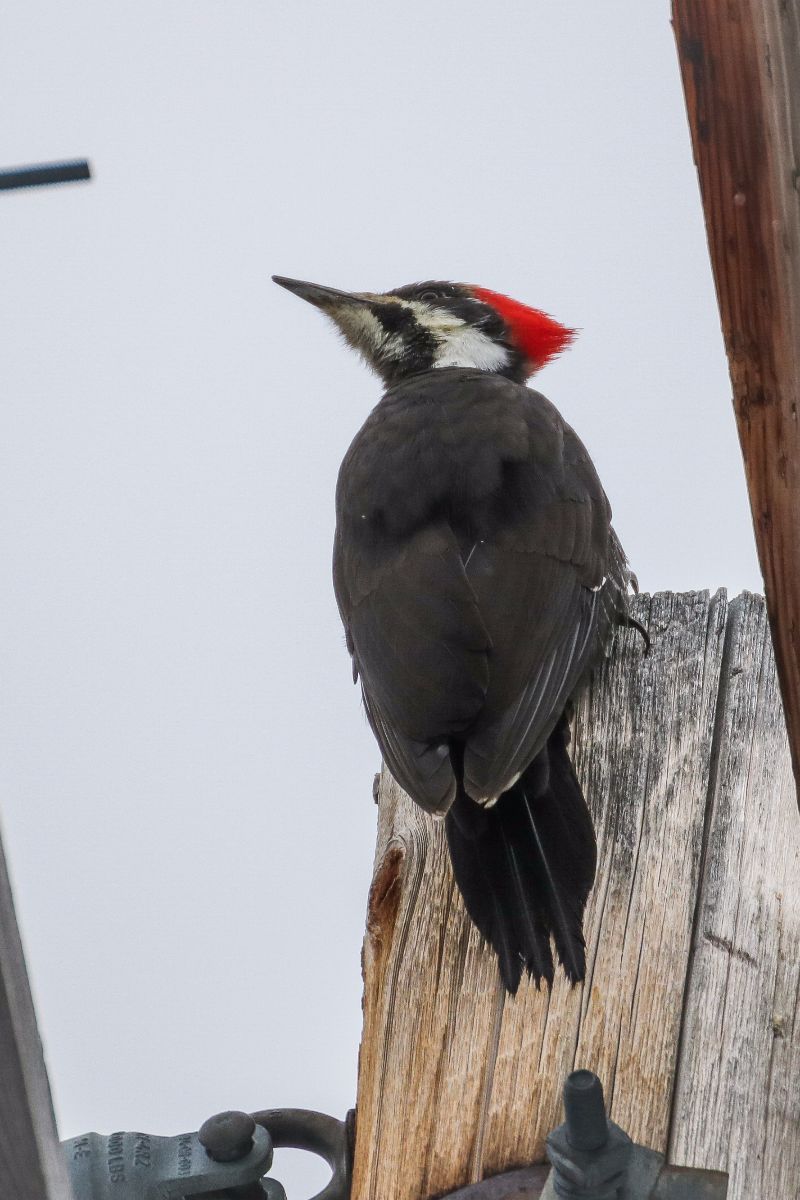
Pileated Woodpecker, Canmore boardwalk, March 18, 2017. Photo by Ethan Denton.
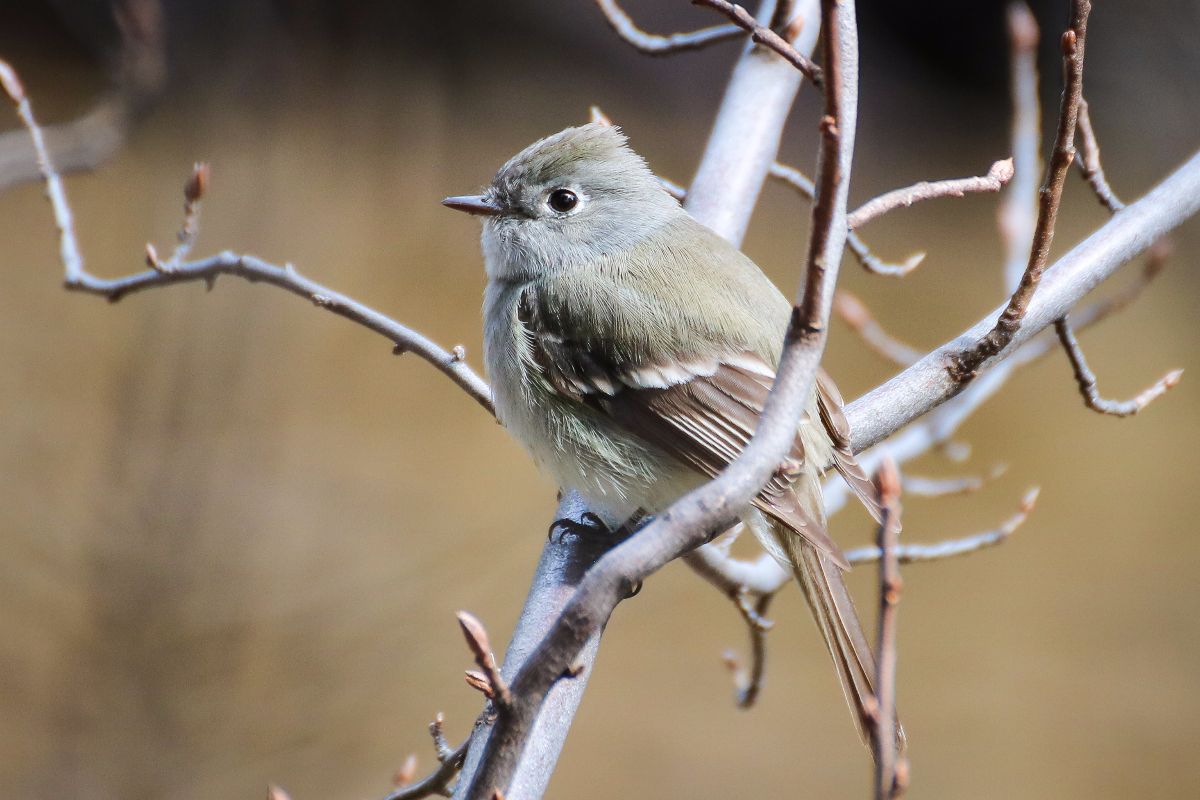
Hammond’s Flycatcher, Canmore boardwalk, April 27, 2017. Photo by Ethan Denton.
Hammond’s Flycatchers are uncommon in Canmore in the summer, so an early spring record is almost unique. This is a bird we don’t see in Calgary.
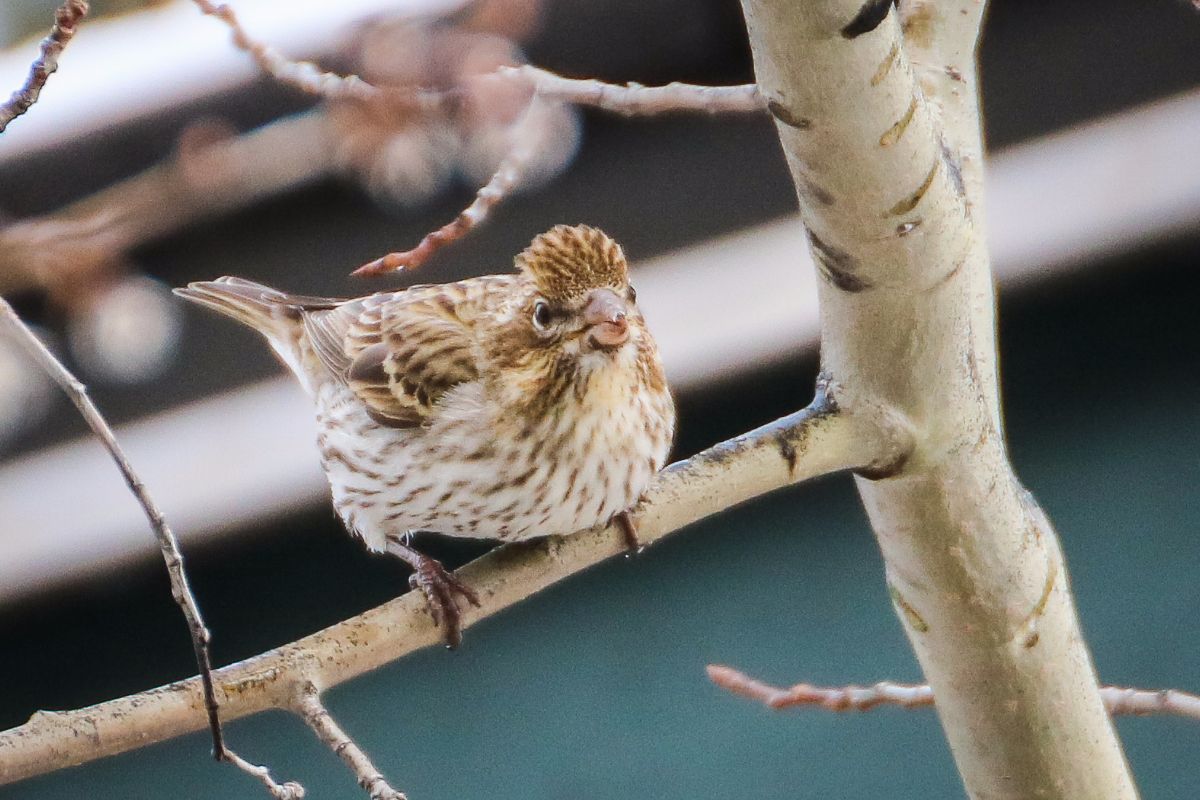
Cassin’s Finch (female), April 27, 2017, West Banff Townsite. Photo by Ethan Denton.
Cassin’s Finch is only rarely seen in Calgary.
Ethan will post about each walk on his blog afterwards, so check back there to see what they have spotted and to see more of Ethan’s photos.
If you are out in the mountain parks this summer, note that there are also twice-weekly bird walks held at the Cave and Basin in Banff, run by the Bow Valley Naturalists. If you are out there on Saturday or Monday mornings, join them. Information here.


